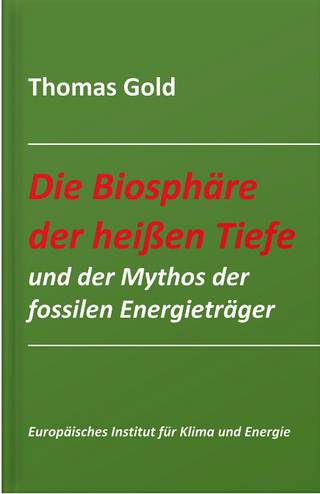
Modelling and Parameter Estimation in Respiratory Control
Kluwer Academic / Plenum Publishers (Verlag)
978-0-306-43530-0 (ISBN)
- Titel ist leider vergriffen;
keine Neuauflage - Artikel merken
The 4th Annual Biomedical Simulations Resource (BMSR) Short Course was held in Marina Del Rey on May 21-22,1989, to acquaint respiratory physiologists and clinical researchers with state-of-the- art methodologies in mathematical modeling, experiment design and data analysis, as well as to provide an opportunity for experimentalists to challenge modelers with their more recent findings.
I: Modeling of Respiratory Control During Exercise.- Why and How One Models Exercise on a Computer (A Tutorial).- Analysis of the Exercise Hyperpnea Using Dynamic Work-Rate Forcing.- Optimal Regulation of Ventilation During Exercise.- Consequences of Lung Volume Optimization on Exercise Hyperpnea.- Experimental Design and Analysis for Assessing Gas Exchange Kinetics during Exercise.- II: Chemical Control of Ventilation - Empirical Models and Parameter Estimation.- Parameter Estimation Theory for Respiratory Physiology.- Dynamic End-Tidal Forcing Technique: Modeling the Ventilatory Response to Carbon Dioxide.- Dynamic Models and Parameter Estimation: The Hypoxic Ventilatory Response.- Design and Analysis of Experiments for Studying Hypoxic-Hypercapnic Interactions in Respiratory Control.- Estimation of Dynamic Chemoreflex Gain from Spontaneous Breathing Data.- III: Neural Control and Breathing Pattern Analysis.- A Three-Phase Model of Respiratory Rhythm Generation.- Conceptual Model of Ventilatory Muscle Recruitment and Diaphragmatic Fatigue.- Phase Resetting of the Respiratory Oscillator: Experiments and Models.- Distinguishing Random from Chaotic Breathing Pattern Behavior.- Forebrain Mechanisms Related to Respiratory Patterning During Sleep-Waking States.- IV: Sleep and Respiratory Control Stability.- Chemoreception in Sleep.- Potential Causes of Recurrent Apneas during Sleep.- Minimal Modeling of Human Respiratory Stability.- Sleep State and Periodic Respiration.- Modeling the Effect of Sleep State on Respiratory Stability.- Contributors.
| Zusatzinfo | biography |
|---|---|
| Verlagsort | Dordrecht |
| Sprache | englisch |
| Themenwelt | Naturwissenschaften ► Biologie ► Biochemie |
| ISBN-10 | 0-306-43530-6 / 0306435306 |
| ISBN-13 | 978-0-306-43530-0 / 9780306435300 |
| Zustand | Neuware |
| Haben Sie eine Frage zum Produkt? |
aus dem Bereich


